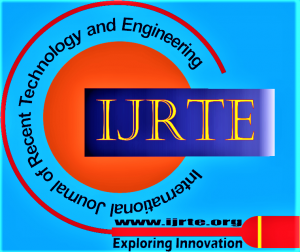![]()
Optimization Methods for Convolutional Neural Networks – The LeNet-5 Algorithm
Hamdy Amin Morsy
Hamdy Amin Morsy, Assistant Professor, Applied College, Qassim University. | He is also an Assistant Professor, Electronics and Communications Engineering Department, Faculty of Engineering, Helwan University, Cairo11792, Egypt.
Manuscript received on 13 November 2022 | Revised Manuscript received on 17 November 2022 | Manuscript Accepted on 15 January 2023 | Manuscript published on 30 January 2023 | PP: 1-4 | Volume-11 Issue-5, January 2023 | Retrieval Number: 100.1/ijrte.E73550111523 | DOI: 10.35940/ijrte.E7355.0111523
Open Access | Editorial and Publishing Policies | Cite | Mendeley | Indexing and Abstracting
© The Authors. Blue Eyes Intelligence Engineering and Sciences Publication (BEIESP). This is an open access article under the CC-BY-NC-ND license (http://creativecommons.org/licenses/by-nc-nd/4.0/)
Abstract: Convolutional neural networks are an enhanced version of fully connected neural networks. The neural networks are used to recognise objects after training the neural network system on various datasets that can also be categorised into classes at the output. These networks were a breakthrough in computer vision filed for object recognition where the system can optimize its parameters for better results with using feed forward and back propagation. The convolutional neural networks reduced the time required for training and testing the dataset by replacing the full network nodes connecting to each node in the subsequent layer with some nodes or filters for each subsequent layer node. There are many algorithms for convolutional neural networks, ranging from simple algorithms to complex ones. Each algorithm has different hidden layers with distinct hyperparameters and filters. The activation functions and the number of nodes in each layer may differ for each algorithm. The applications for these convolutional neural networks span many fields, including handwritten digit recognition, handwritten alphabet recognition, and categorising groups of objects into classes, such as clothing, X-ray imaging, and many more. The LeNet-5 algorithm is a type of convolutional neural network. Through a comprehensive analysis of this algorithm, I will demonstrate that a simplified module of the algorithm can achieve maximum accuracy and a minimised loss function compared to the original algorithm.
Keywords: Convolutional Neural Networks, Deep Learning, Machine Learning, Object Recognition.
Scope of the Article: Deep Learning
